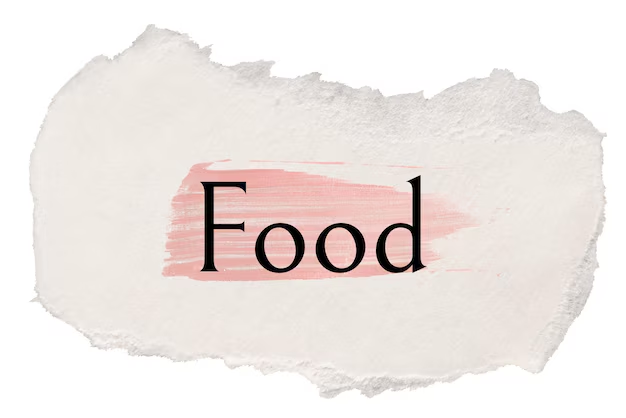Can You Buy Protein Powder with Food Stamps? Here’s What You Need to Know
If you’re navigating the landscape of nutrition on a budget and depend on food assistance, you may wonder whether protein powder can be purchased with food stamps. This question is significant for many who seek affordable ways to maintain their health and nutritional goals, especially given the rising popularity of protein supplements in modern diets. The answer, while not entirely straightforward, is important for those leveraging government aid programs for their dietary needs.
Understanding What Food Stamps Cover
The Supplemental Nutrition Assistance Program (SNAP), commonly referred to as food stamps, is designed to help low-income families and individuals afford food. SNAP benefits generally cover any food item meant for home consumption, such as:
- Fruits and vegetables
- Meat, poultry, and fish
- Dairy products
- Breads and cereals
That said, SNAP does not cover vitamins, nutritional supplements, or hot foods ready for consumption. This is where the question of protein powder eligibility often hits a gray area.
Protein Powder: Food or Supplement?
Whether protein powder can be purchased with food stamps depends on how it is classified. When protein powders are marketed with a "Nutrition Facts" label, they are considered a food item, and thus eligible for purchase with SNAP benefits. In contrast, those with a "Supplement Facts" label are categorized alongside vitamins and supplements and are **not **covered by SNAP.
Navigating Your Protein Purchases
Here’s how to ensure you're getting the most from your SNAP benefits:
Check the Label: Before you purchase, always check whether your choice of protein powder has a "Nutrition Facts" or "Supplement Facts" label. Only those with the former qualify for food stamps.
Retailer Policies: Make sure the store where you're buying treats protein powder purchases consistently. Some stores may have specific systems in place to assist with identifying SNAP-eligible products.
Local Regulations: Occasionally, different states may have varying interpretations or enforcement of SNAP product eligibility, so local resources can be invaluable for guidance.
Expanding the Conversation: Exploring Financial Assistance Programs
For those who qualify for food stamps and other government aid programs, understanding the breadth of available support is crucial. Food assistance is just one aspect of a potentially larger financial assistance network, including options like:
- WIC (Women, Infants, and Children): This program offers additional nutritional aid for pregnant women and young children, which may cover some items not available through SNAP.
- Debt Relief Options: Consider speaking with a financial advisor if you're struggling with debt. They can help explore debt consolidation or relief programs.
- Educational Grants and Scholarships: For those continuing education or considering it, grants and scholarships can help reduce financial stress.
- Free Credit Counseling Services: Often, credit unions or non-profits provide free counseling to help improve your financial literacy and credit score.
Exploring these opportunities can significantly ease your financial load while ensuring you meet your nutritional, educational, and long-term financial goals.
Financial and Nutritional Assistance: Quick Reference Guide
📋 Nutrition Assistance Programs:
- SNAP (Supplemental Nutrition Assistance Program)
- WIC (Women, Infants, and Children)
💳 Financial Aid Options:
- Grants and scholarships for education
- Debt relief and consolidation programs
💡 Credit and Financial Counseling:
- Free credit counseling services from non-profits
- Financial literacy workshops
By familiarizing yourself with these options, you can maximize the support available to you, ensuring a well-rounded approach to maintaining both your health and your financial well-being.

- Is Ebt Food Stamps
- Is Ebt And Food Stamps The Same
- What Is Ebt Food Stamps
- Where To Get Food Stamps
- Where Do You Go To Apply For Food Stamps
- Where Can i Use Food Stamps
- Where Can i Go To Apply For Food Stamps
- Where Can i Apply For Food Stamps
- When Do i Get My Food Stamps Each Month
- When Do Food Stamps Hit Your Card